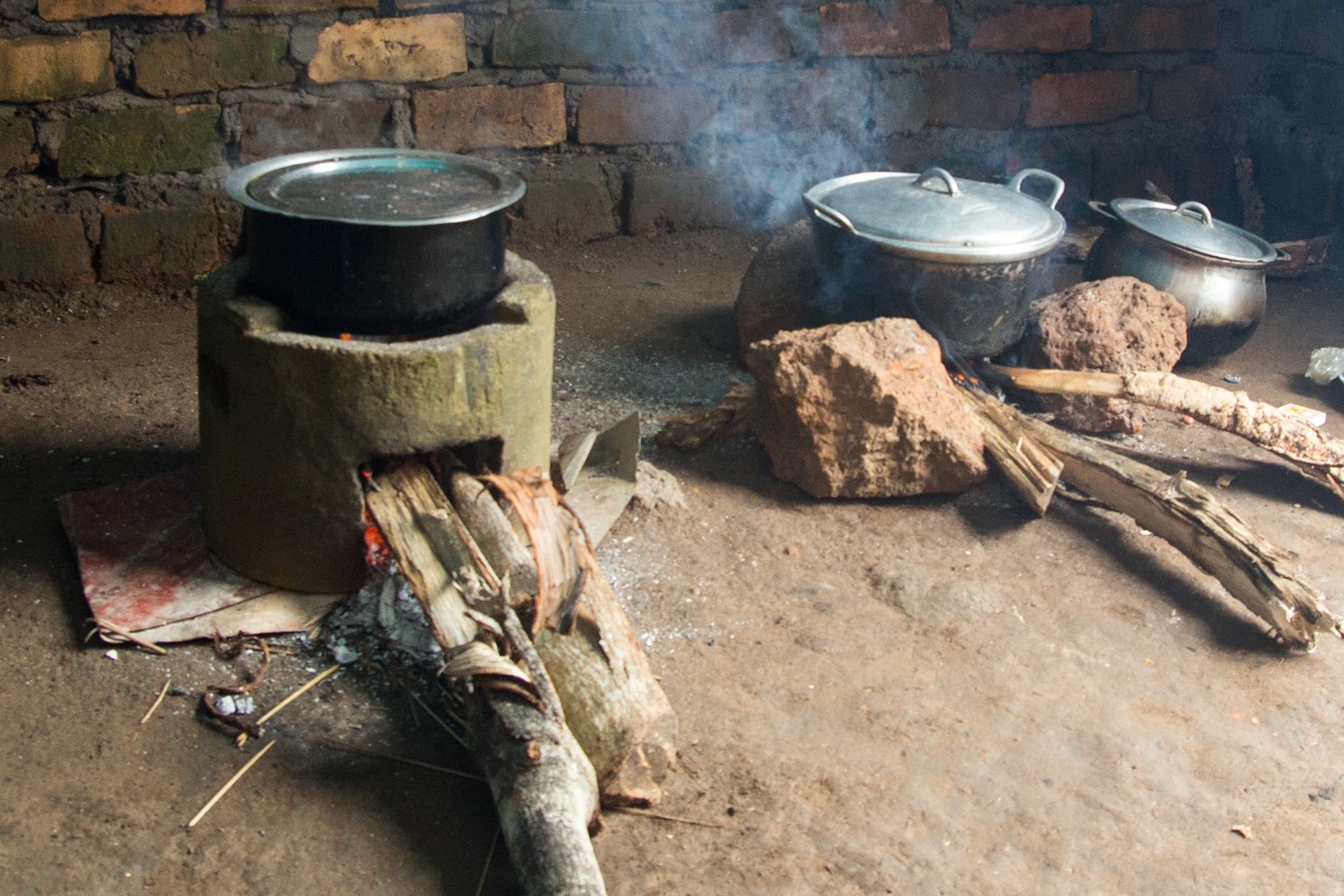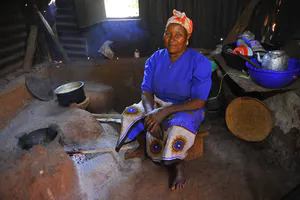
- Sustainable Planet -
- 6mins -
- 1,408 views
5 reasons why clean cookstoves are so important
Improved clean cookstoves address the pollution from burning wood or biomass in traditional stoves by using various technologies to reduce emissions and protect human health.
Did you know that cooking is a major global development issue?
According to the United Nations Foundation, around 3 billion people burn solid fuels such as wood, charcoal, dung and biomass for their daily cooking needs. The resulting smoke leads to a range of negative consequences for human health and the environment, and the act of collecting fuel can put women in danger and deprive them of opportunities to work or go to school.
The Global Alliance for Clean Cookstoves, a public-private partnership led by the United Nations Foundation is among many organisations working to address these issues by creating a global market for clean and efficient household cooking solutions. Below are five reasons why clean cookstoves matter.

5 reasons why clean cookstoves are important
1. Four million people lose their lives each year from the simple act of cooking a meal. Exposure to smoke from traditional cookstoves and open fires causes a range of respiratory, cardiovascular, eye, and skin ailments, from cancer to emphysema to heart disease.
2. A 2013 report found that household air pollution from cooking is the 4th greatest health risk in the world after high blood pressure, alcohol, and tobacco.
3. About half of child deaths from pneumonia – the greatest killer of children ages 0 to 5 – are from household air pollution (HAP) exposure.
4. Relying on biomass for cooking and heating forces women and children to spend hours each week collecting wood. Women face severe personal security risks as they search for fuel, especially from refugee camps and in conflict zones.
5. Using solid biomass as fuels depletes forests and releases a toxic mix of pollutants that contribute to climate change.
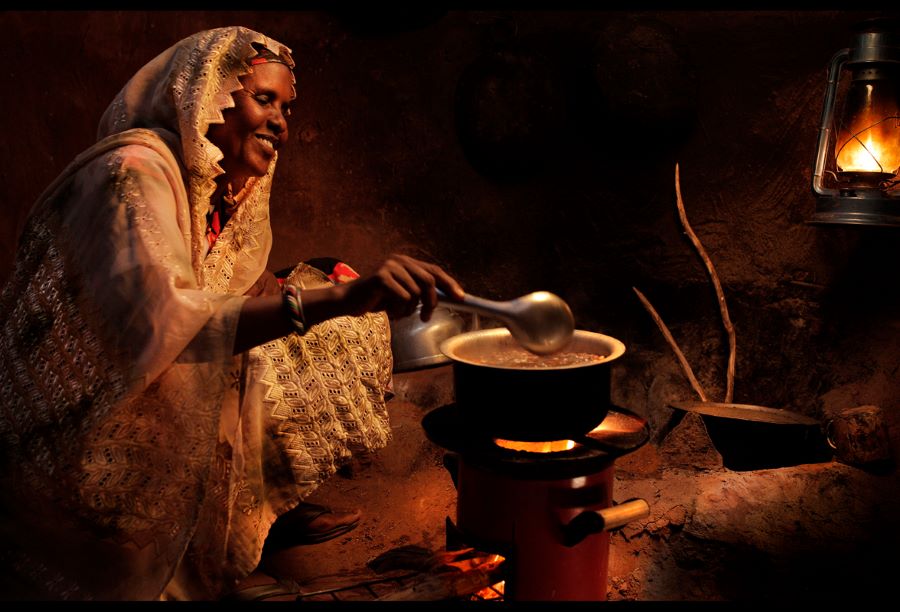
Clean cookstoves can reduce emissions by the tens of gigatons
As of 2018, clean cookstoves were used by over 53% of families in developing regions with the rest using open wood or charcoal fires for cooking, with concomitant health and environmental effects.
If policies for promoting clean cooking worldwide are aggressively implemented, guided by the UN Sustainable Development Goal (SDG) of universal access to clean energy, reductions in emissions can amount to 31-73 gigatons of carbon dioxide equivalents at a net cost of $128-$264 billion.
These stoves do raise cooking operating costs however by $2.0-$4.2 trillion over the stove lifetimes considering that many families collect firewood for free or buy cheap fuels today.
These results include the reduction of black carbon, the second more impactful climate pollutant, by 8-20 gigatons of carbon dioxide equivalents. The additional benefits to the health of millions of households were not calculated in this study.
Source: Drawdown.org
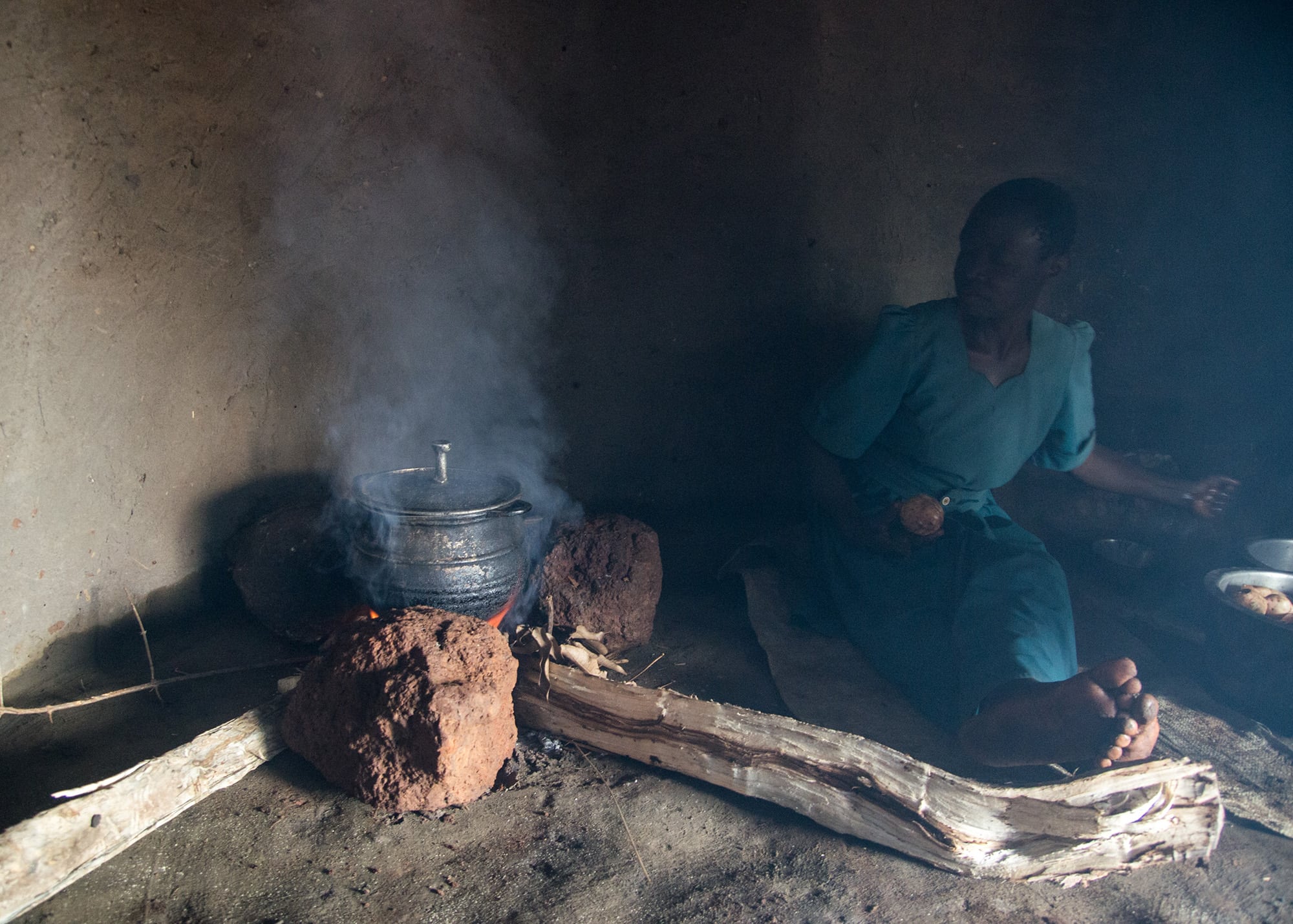
clean cookstoves can improve health and women’s well-being around the world
Cooking is a universal practice that binds humans across the globe— it’s also a practice cutting short the life expectancy of the world’s poorest. In countries the world over— in Africa, in Asia, in South and Central America, mostly— nearly 3 billion people (that’s over a third of the world’s population) prepare dinner with smouldering wood, dung, and charcoal in rudimentary stoves or open fires.
This practice fills kitchens and homes with smoke and clogs the air with fine particulate matter, or PM 2.5, which are tiny, toxic particles that can lodge deep in the lungs.
Almost 4 million people die prematurely every year from this kind of household air pollution.
Women, who are generally responsible for cooking, and children with their underdeveloped lungs tend to be the most vulnerable. And it’s not just individual impacts— together with domestic heating and lamps, residential cooking accounts for 58% of global black carbon emissions, a super-pollutant with significant impacts on global warming.
Clean cookstoves, which are relatively affordable and simple appliances that use less fuel and cleaner fuel therefore emitting fewer harmful pollutants, could have major implications for mitigating these problems. But the sector is significantly underfunded. The International Energy Agency estimates that it will take $4.7 billion in annual investments to get people around the world universal access to clean cooking. Currently, investments likely fall short of $1 billion each year.
Source: CCACoalition
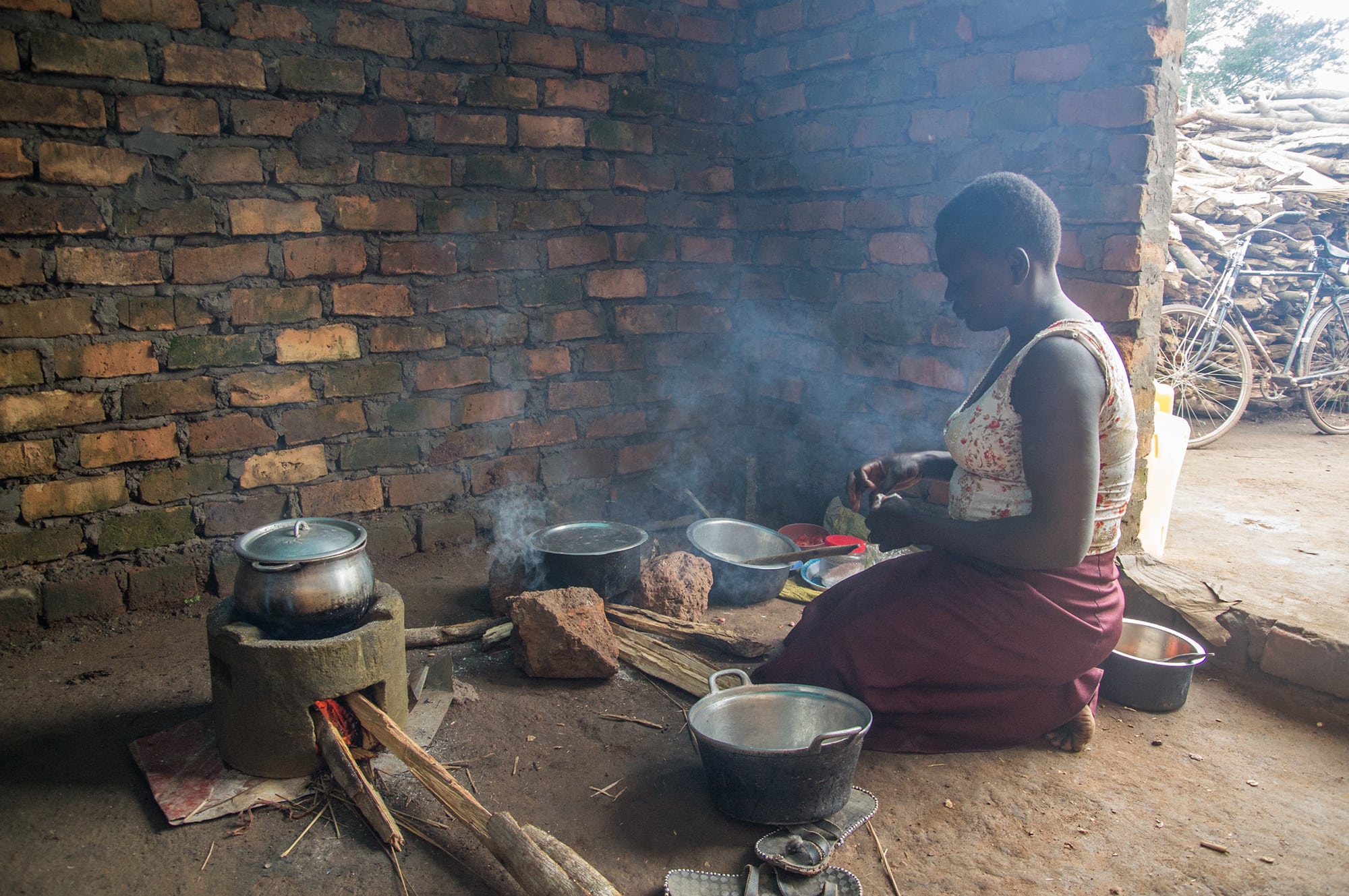
A key problem with improved cookstoves is that they can go unused, or used in unintended ways
One barrier the cookstove industry has faced is getting women to continue using clean cookstoves long term instead of reverting back to more dangerous and familiar methods, or continuing to use traditional stoves alongside cleaner stoves.
On this subject, Nick Moses, who has worked with institutional biomass cookstoves since 2013, and holds a dual master’s in mechanical engineering and applied anthropology from the Oregon State University Humanitarian Engineering Program, wrote in 2018:
‘A key problem with improved cookstoves is that they can go unused, or used in unintended ways. While many cookstoves are able to reduce harmful emissions and fuel consumption, their designs do not always prioritise their users’ needs. As a result, few have been able to displace existing cooking technologies.
‘The new stoves are competing with cooking methods that have been adapted to meet cooks’ needs over centuries, and in some cases millennia. Even the improved stoves that have seen greater uptake often don’t fully meet cooks’ needs. They are used to supplement traditional stoves instead of fully replacing them, which mitigates the intended benefits of cleaner, more efficient combustion.’
Source: EngineeringForChange.org
